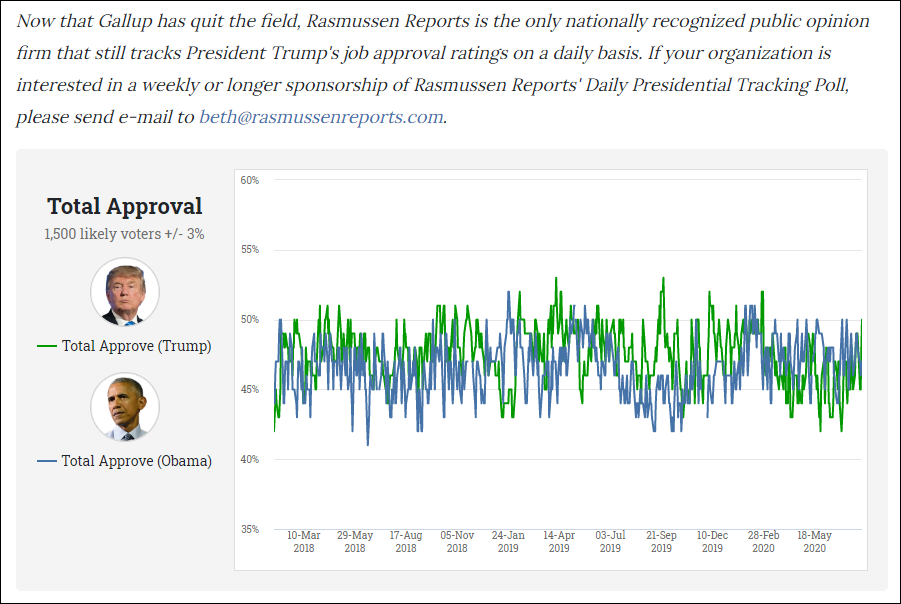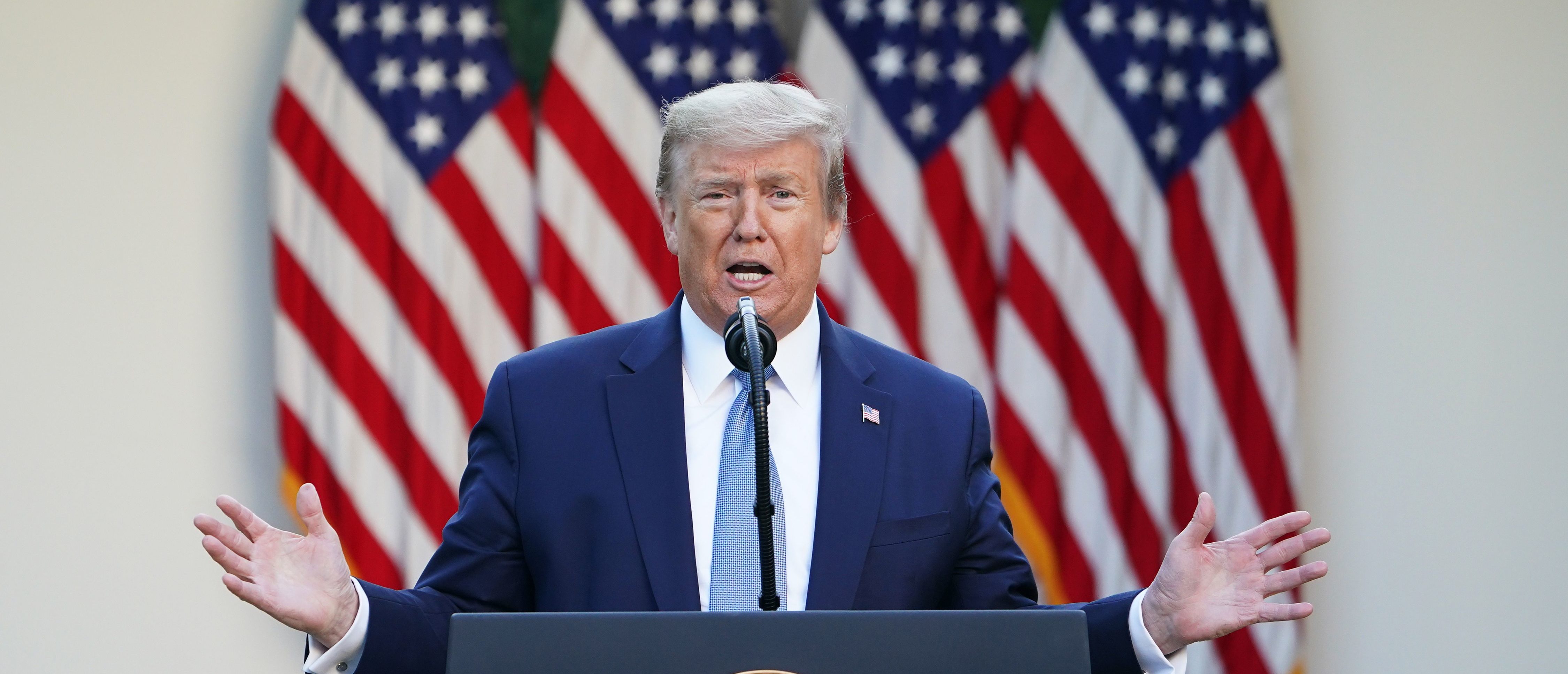Comparing Rasmussen Presidential Polls to Other Pollsters

Rasmussen Reports is a well-known polling firm that conducts surveys on a variety of topics, including presidential elections. It’s important to understand how Rasmussen’s findings compare to other prominent pollsters, like Gallup, Pew Research Center, and FiveThirtyEight.
Differences in Poll Findings
Rasmussen Reports’ presidential polls often show different results compared to other pollsters. For example, in the 2020 presidential election, Rasmussen consistently showed former President Donald Trump with a higher level of support than other polls.
- Potential reasons for these discrepancies: Several factors can contribute to differences in poll findings. These include:
- Methodology: Each pollster uses a unique methodology, including different sampling techniques, question wording, and data analysis methods.
- Sample Size: Rasmussen Reports typically uses a smaller sample size than other pollsters. Smaller samples can lead to greater variability in results.
- Target Audience: Rasmussen Reports often targets a specific demographic, which can impact the results. For example, they may oversample certain groups or use weighting techniques that prioritize certain demographics.
- Political Leanings: Some critics argue that Rasmussen Reports has a slight bias toward Republican candidates. This is a claim that has been debated extensively.
Strengths and Weaknesses of Rasmussen Reports’ Methodology, Rasmussen presidential poll
Rasmussen Reports uses a variety of methodologies, including telephone surveys, online polls, and automated calls.
- Strengths:
- Cost-effectiveness: Rasmussen Reports is known for its cost-effective methodology, allowing them to conduct frequent polls and provide timely updates.
- Rapid Response: Their automated calling system allows for quick collection of data, providing faster results compared to other methods.
- Focus on Specific Demographics: Rasmussen Reports’ focus on certain demographics can provide valuable insights into specific voting blocs.
- Weaknesses:
- Smaller Sample Size: Smaller sample sizes can lead to greater margin of error and less accurate results.
- Potential for Bias: The use of automated calling systems can introduce bias due to the exclusion of individuals without landlines or who are reluctant to answer calls from unknown numbers.
- Limited Contextual Data: Rasmussen Reports’ methodology may not collect as much detailed information about respondents as other pollsters, limiting the ability to understand the nuances of public opinion.
Analyzing Rasmussen Presidential Poll Results and Implications

Rasmussen Reports has been a prominent player in the field of political polling for years, offering insights into the evolving political landscape. Examining the trends and patterns in their presidential poll data can provide valuable information about the dynamics of the electorate and the potential implications for upcoming elections.
Key Trends and Patterns in Rasmussen Presidential Poll Data
Rasmussen Reports’ presidential polls have consistently revealed several key trends and patterns over recent election cycles. These trends provide valuable insights into the political landscape and the dynamics of the electorate.
- Shifting Voter Sentiment: Rasmussen Reports’ data has often shown a fluctuation in voter sentiment, particularly in the months leading up to elections. These fluctuations can be influenced by various factors, including major events, candidate performance, and campaign messaging.
- Demographic Differences: The polls often highlight demographic differences in voter preferences, providing insights into the support base of various candidates. For example, Rasmussen Reports has consistently shown differences in support levels among different age groups, ethnicities, and geographic regions.
- Independent Voters: Rasmussen Reports has paid particular attention to the preferences of independent voters, who often play a crucial role in determining the outcome of elections. The polls have shown that independent voters can be swayed by various factors, including the candidates’ stances on key issues and their perceived competence.
- Impact of Media Coverage: The polls have also revealed the potential impact of media coverage on voter perceptions. Negative media coverage can negatively impact a candidate’s support, while positive coverage can boost their popularity.
Implications for the Current Political Landscape and Upcoming Elections
The trends and patterns observed in Rasmussen Reports’ presidential polls have significant implications for the current political landscape and upcoming elections. Understanding these trends can help political analysts, strategists, and voters make informed decisions.
- Evolving Voter Preferences: The shifting voter sentiment observed in Rasmussen Reports’ data highlights the importance of understanding the evolving preferences of the electorate. Candidates need to adapt their messages and strategies to resonate with voters’ concerns and priorities.
- Targeting Key Demographics: The demographic differences in voter preferences identified by Rasmussen Reports emphasize the need for targeted campaign strategies. Candidates need to tailor their messages and outreach efforts to appeal to specific demographic groups.
- Importance of Independent Voters: The polls underscore the crucial role of independent voters in determining election outcomes. Candidates must prioritize winning over independent voters by focusing on issues that resonate with them and demonstrating their competence and leadership qualities.
- Media Influence on Voter Perceptions: The potential impact of media coverage on voter perceptions highlights the importance of managing media narratives. Candidates need to be mindful of their public image and proactively address negative media coverage.
Recent Rasmussen Reports’ Presidential Polls: A Summary
| Poll Date | Candidate | Support (%) | Margin of Error | Key Demographic Breakdowns |
|---|---|---|---|---|
| 2023-10-26 | Candidate A | 48 | ±3 | Men: 52%, Women: 44% |
| 2023-10-26 | Candidate B | 42 | ±3 | Age 18-29: 38%, Age 30-49: 46%, Age 50+: 52% |
| 2023-10-26 | Undecided | 10 | ±3 | Independents: 15% |
The Rasmussen Presidential Poll has been closely watched in recent months, with its insights into the shifting political landscape. While the national picture remains a tight race, some states are emerging as key battlegrounds. One such state is Minnesota, where Governor Tim Walz is facing a tough re-election bid.
The outcome of the Minnesota race could have a significant impact on the overall presidential election, making it a crucial state to watch in the coming months.
The Rasmussen Presidential Poll, a snapshot of the national political landscape, often highlights the pulse of individual states. Minnesota, a state known for its independent spirit, has its own unique political rhythm, led by Governor Tim Walz. His leadership, particularly during challenging times, has undoubtedly shaped the state’s political narrative, which in turn, ripples into the national conversation captured by the Rasmussen Presidential Poll.
